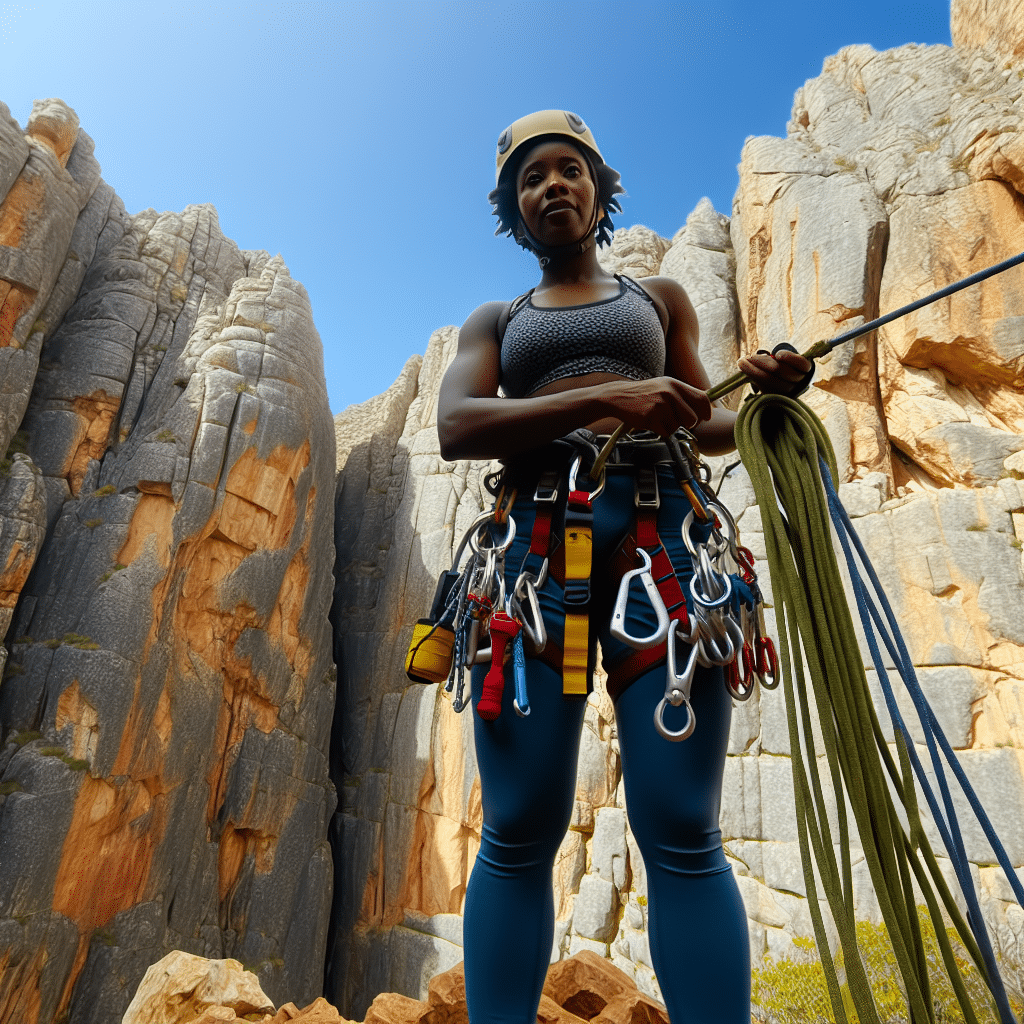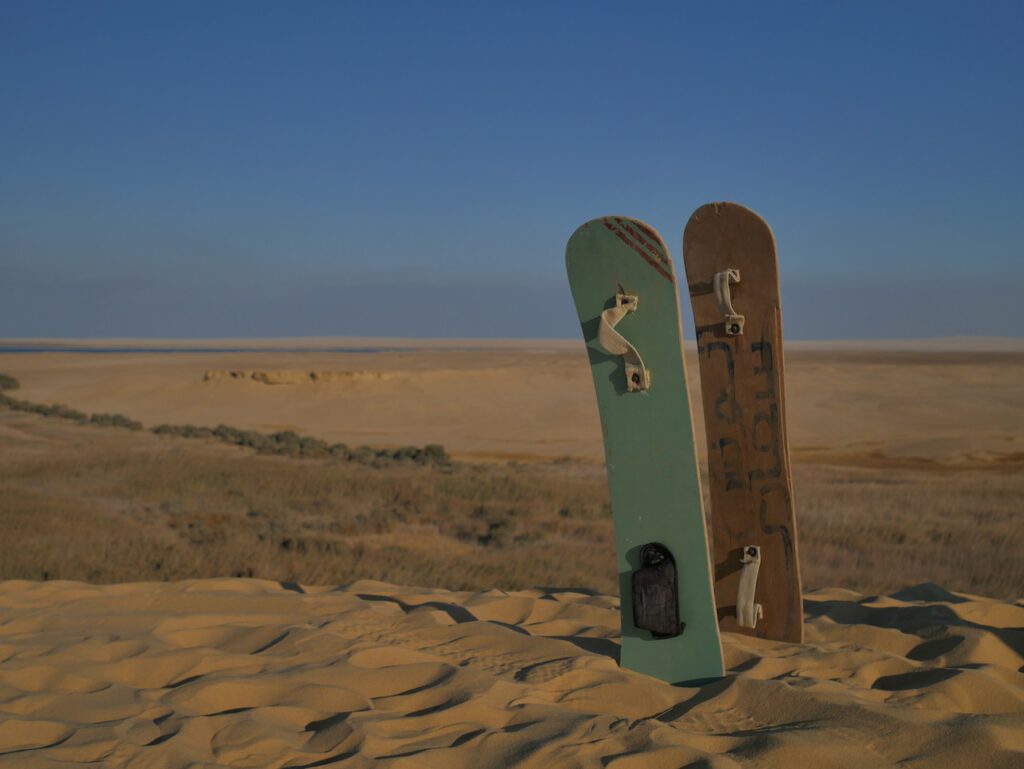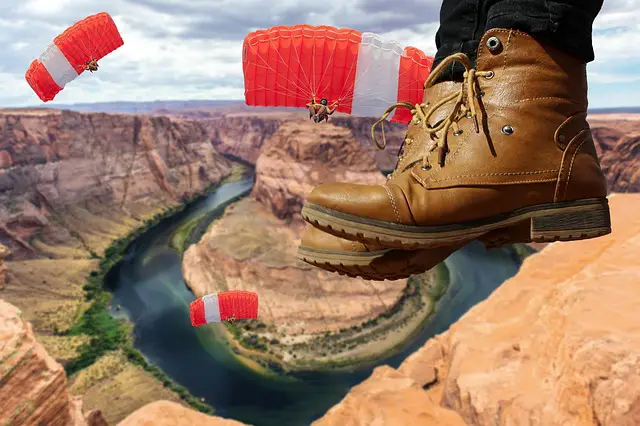Abseiling, also known as rappelling, is an exhilarating activity that requires skill, courage, and the right equipment to ensure safety. Whether you’re a seasoned climber or a beginner exploring vertical adventures, understanding and using the correct abseiling gear is crucial. The right gear not only enhances your performance but also ensures your safety as you navigate down sheer rock faces, buildings, or any vertical surfaces. This article will delve into the must-have abseiling gear, explaining its importance and how to choose the best options for your needs.
What Abseiling Gear Do You Need?
1. Rope
Ropes are the lifeline of any abseiling adventure. The type of rope you choose plays a significant role in the safety and efficiency of your descent. There are two main types of ropes used in abseiling: static and dynamic ropes.
– **Static Ropes**: These ropes have minimal stretch and are ideal for abseiling because they provide more control and stability. They are less likely to bounce, allowing for a smoother descent.
– **Dynamic Ropes**: While more commonly used in rock climbing due to their ability to absorb the energy of a fall, dynamic ropes can also be used in abseiling. However, they are not the preferred choice due to their stretchiness, which can make controlling the descent more challenging.
2. Harness
A harness is another fundamental piece of abseiling gear. It secures you to the rope and distributes your weight evenly, making the descent comfortable and safe. When choosing a harness, consider the following factors:
– **Fit**: Ensure the harness fits snugly but comfortably around your waist and legs.
– **Padding**: Look for a harness with adequate padding, especially if you plan on extended use.
– **Durability**: Check for high-quality materials and robust stitching to ensure longevity and safety.
3. Carabiners
Carabiners are metal loops with spring-loaded gates used to connect various components of your abseiling setup. They are indispensable for securely attaching your rope to your harness and other safety equipment. There are two main types of carabiners:
– **Locking Carabiners**: These have a mechanism that locks the gate, providing extra security. They are recommended for critical connections like attaching your belay device to your harness.
– **Non-Locking Carabiners**: While easier to use, they are less secure and should only be used for secondary attachments.
4. Belay Device
The belay device is essential for controlling the speed of your descent. It adds friction to the rope, allowing you to safely and smoothly abseil down. Popular belay devices include:
– **ATC (Air Traffic Controller)**: Simple and versatile, the ATC is a popular choice among abseilers. It offers excellent control and is easy to use.
– **Figure 8**: This device is shaped like the number eight and is known for its simplicity and effectiveness in providing friction.
– **Assisted-Braking Devices**: These devices automatically lock the rope in case of a sudden fall, adding an extra layer of safety.
5. Helmet
Safety should always be a top priority when abseiling, and a helmet is a crucial piece of gear to protect your head from falling debris or bumps against the rock face. Look for helmets that are:
– **CE Certified**: This certification ensures the helmet meets European safety standards.
– **Comfortable Fit**: A helmet should fit snugly without being too tight, and it should stay in place during your descent.
– **Ventilated**: Good ventilation helps keep you cool and comfortable during extended use.
How to Choose the Right Abseiling Gear?
1. Assess Your Needs
Before purchasing any abseiling gear, consider the type of abseiling you plan to do. Different environments and conditions may require specific equipment. For example, abseiling in icy conditions might necessitate specialized ropes and belay devices designed for cold weather.
2. Quality Over Price
While it may be tempting to opt for cheaper gear, investing in high-quality equipment ensures your safety and durability. Research reputable brands and read reviews from other abseilers to make informed decisions.
3. Try Before You Buy
If possible, visit a store to try on harnesses and helmets to ensure they fit correctly. This hands-on approach helps you find the most comfortable and secure gear for your needs.
4. Regular Maintenance
Regularly inspect your gear for signs of wear and tear. Replace any damaged equipment immediately to avoid compromising your safety. Proper cleaning and storage also extend the life of your abseiling gear.
Conclusion: Equip Yourself for Success and Safety
Abseiling is a thrilling pursuit that demands respect for the inherent risks involved. Equipping yourself with the right abseiling gear is the first step to ensuring a safe and enjoyable descent. From ropes and harnesses to helmets and belay devices, each piece of equipment plays a vital role in your safety and efficiency. By carefully selecting high-quality gear and maintaining it properly, you can confidently tackle vertical challenges and experience the exhilaration of abseiling.
Whether you’re a novice or an expert, always prioritize safety and never underestimate the importance of your abseiling gear. Happy climbing!




